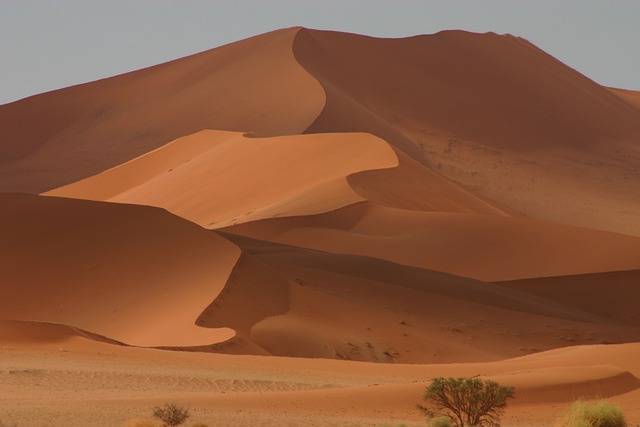In Dubai's desert landscape, henna painting (mehndi) offers a vibrant cultural experience during desert safaris. This ancient art form, rooted in Middle Eastern traditions, uses natural henna dyes to create intricate floral and geometric patterns on skin, symbolizing beauty, joy, and celebration. The practice deepens connections to local customs while enhancing adventures in the desert. Henna parties or mehndi evenings, popular during special occasions, foster community bonds through laughter, music, and shared experiences. This evolving art form, with its rich history, captivates locals and expatriates alike across generations and settings, from traditional gatherings to modern urban events.
Uncover the enchanting world of henna painting art in Dubai, where the desert safari meets cultural richness. This ancient practice, deeply rooted in Middle Eastern history, has transformed from a traditional ritual to a vibrant form of self-expression. From its humble beginnings as a natural dye to intricate designs adorning skin, henna becomes a canvas for storytelling and community bonding during social gatherings known as henna evenings. Explore the art form’s evolution, from traditional patterns to modern interpretations, and discover how it leaves an indelible mark on Dubai’s cultural landscape.
- Unveiling the Desert Safari's Hidden Gem: Henna Painting Art in Dubai
- A Cultural Journey: The Rich History of Henna in the Middle East
- Transforming Skin into Canvas: The Henna Application Process
- Designs that Tell Stories: Traditional and Modern Henna Patterns
- The Social Side: Henna Evenings and Their Role in Community Bonding
- Beyond the Temporary Tattoos: The Art's Lasting Impact on Dubai's Culture
Unveiling the Desert Safari's Hidden Gem: Henna Painting Art in Dubai

In the heart of Dubai, where the desert meets modern metropolis, lies a hidden gem that captivates visitors seeking authentic cultural experiences: henna painting art. The city’s vibrant and bustling scene offers more than just skyscrapers and shopping malls; it invites folks to delve into a traditional practice with roots deep in the region’s history. Known as mehndi in local cultures, henna painting has been an integral part of celebrations, especially during desert safaris.
Dubai’s desert safari, renowned worldwide, presents an ideal setting for this ancient art form. Under the starry sky and amidst the dunes, locals and tourists alike can immerse themselves in the serene beauty of henna designs. These intricate patterns, often featuring floral motifs and elegant lines, not only adorn hands and feet but also serve as a testament to the region’s rich heritage. By embracing henna painting art, visitors can connect with the local culture, fostering understanding and appreciation for traditions that have endured for centuries.
A Cultural Journey: The Rich History of Henna in the Middle East
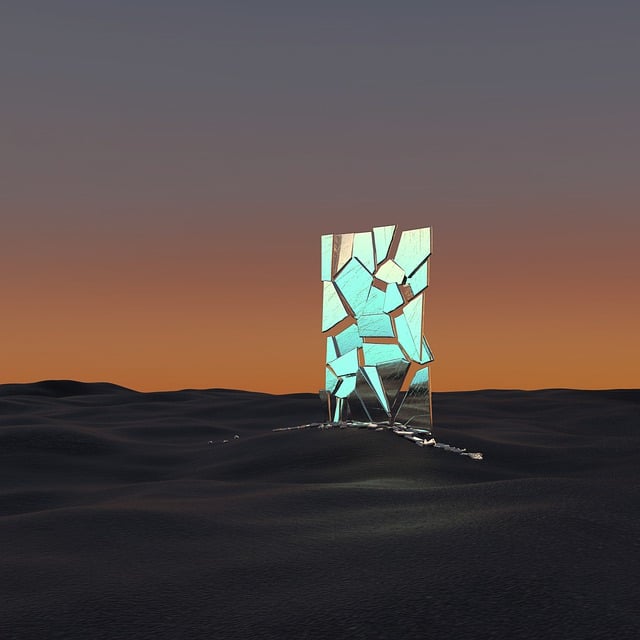
Henna painting art, with its deep roots in the Middle East, is more than just a decorative practice; it’s a cultural journey woven into the fabric of society for centuries. This ancient art form has served as a symbol of beauty, joy, and celebration across various communities in the region, particularly during special occasions like weddings and desert safaris in Dubai. The word “henna” itself carries historical significance, reflecting its use not just for adornment but also for medicinal purposes in traditional Middle Eastern societies.
The rich history of henna in this part of the world is deeply intertwined with social gatherings and rituals. From the vibrant patterns adorning hands and feet during a desert safari to the intricate designs celebrating life’s milestones, henna has evolved from a humble plant (Lawsonia inermis) into a versatile art medium. Its popularity extended beyond borders as it found its way into other cultures worldwide, each adopting and interpreting it with their unique styles, yet always paying homage to its Middle Eastern origins.
Transforming Skin into Canvas: The Henna Application Process
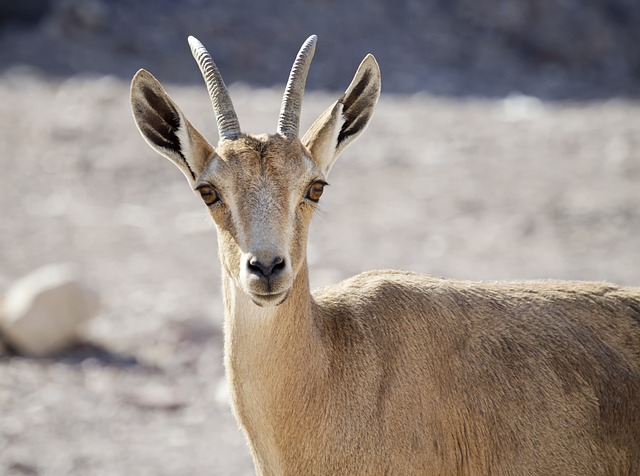
In the spirit of a desert safari in Dubai, henna painting emerges as a captivating art form that transforms skin into a vibrant canvas. The application process is both an art and a science, meticulously involving the careful selection of natural henna dyes extracted from the Lawsonia inermis plant. Skilled artists spend hours meticulously designing intricate patterns, using their fingers or tools to apply the paste to the skin. This intimate ritual not only enhances beauty but also fosters a deep connection with ancient traditions.
Each design is unique, often inspired by the desert’s natural beauty and cultural heritage. From delicate floral motifs to complex geometric patterns, every stroke contributes to a breathtaking masterpiece. The henna paste dries to a reddish-brown color, gradually darkening over 12-24 hours to produce a stunning contrast against the skin. This temporary form of body art has been celebrated across cultures for centuries and continues to captivate folks during their adventurous desert safaris in Dubai.
Designs that Tell Stories: Traditional and Modern Henna Patterns
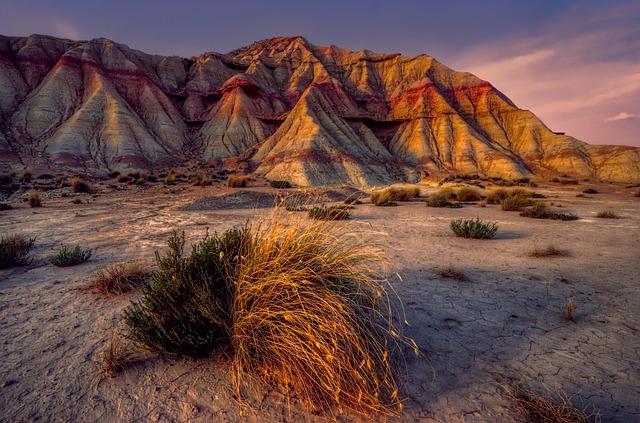
Henna painting art is renowned for its ability to tell stories through intricate and symbolic designs. Traditional henna patterns often feature floral motifs, geometric shapes, and leaves, each holding cultural significance in various regions. These designs have evolved over centuries, passing down through generations, and are deeply rooted in the rich heritage of places like the desert safari in Dubai, where they are a significant part of local celebrations and rituals.
Modern henna artists, while paying homage to these traditions, also incorporate contemporary elements and innovative patterns. They blend classic motifs with abstract forms, creating unique designs that not only adorn the skin but also convey personal narratives and artistic expressions. This fusion of old and new ensures that henna painting remains vibrant and relevant, appealing to both traditionalists and those seeking modern interpretations.
The Social Side: Henna Evenings and Their Role in Community Bonding
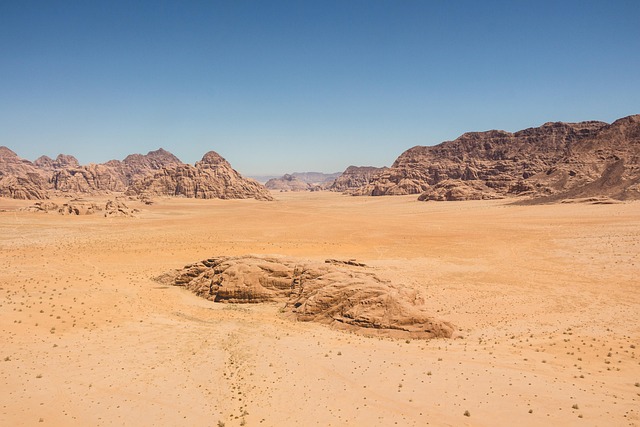
In many cultures, henna painting is more than just a form of art; it’s a social event that brings people together. Henna evenings, or mehndi parties, are particularly popular in communities across the Middle East and South Asia. These gatherings often take place during special occasions like weddings, Eid, or desert safaris in Dubai, creating a vibrant atmosphere filled with laughter, music, and shared experiences.
During these henna events, women gather to have intricate designs painted on their hands and feet, while men and children also join in the fun. The process is often accompanied by traditional songs and dances, fostering a strong sense of community and belonging. These gatherings not only serve as a means of self-expression but also strengthen social bonds, offering a space for connection and celebration.
Beyond the Temporary Tattoos: The Art's Lasting Impact on Dubai's Culture

Beyond the temporary markings on hands and feet, henna painting has left an indelible mark on Dubai’s cultural landscape. Originally brought to the region by wandering nomadic tribes, this ancient art form has evolved into a vibrant expression of local identity and tradition, especially during desert safaris in Dubai. The intricate patterns and rich hues adorning bodies during these excursions transcend mere decoration; they tell stories of heritage, community, and celebration.
The practice has been embraced by locals and expatriates alike, with henna artists becoming integral parts of cultural events and festivals. The art’s popularity extends beyond traditional gatherings, however, as its allure spans across generations and cultures. From desert safaris to modern urban settings, henna painting continues to captivate, offering a unique and personal connection to Dubai’s rich history and the warmth of its welcoming people.
Henna painting art in Dubai, a hidden gem of the desert safari, has evolved from its rich historical roots in the Middle East. From traditional patterns that tell stories to modern designs and communal gatherings at henna evenings, this ancient practice continues to leave an indelible mark on Dubai’s cultural landscape. As temporary tattoos transform skin into canvases, henna becomes more than just art; it fosters community bonding and enhances the social fabric of the city. Embracing this age-old tradition, Dubai ensures its legacy endures for generations to come.
